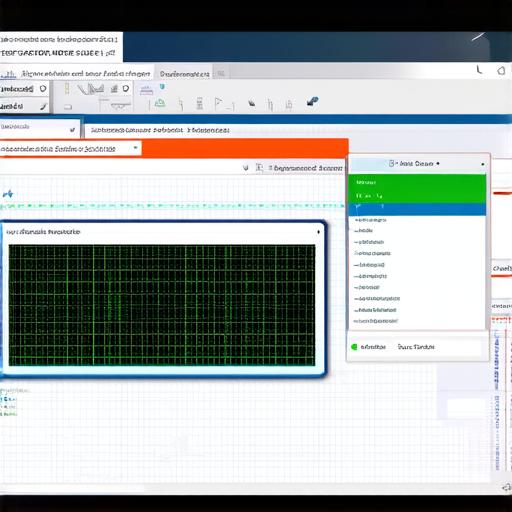Software programming is a vital aspect of our daily lives, with applications ranging from basic smartphone apps to complex enterprise-level systems. However, software development can be an intricate process that involves several stages, including design, development, testing, and deployment.

Designing Software Programs:
The first step in software programming is designing the program. During this stage, software developers work with stakeholders such as clients or end-users to understand their requirements and develop a clear understanding of what the program should accomplish. Designers use various tools and techniques, such as wireframing, prototyping, and user interface design, to create a visual representation of the program’s flow and functionality.
The design phase is critical in ensuring that the program meets the needs of clients or end-users, making it easy to use and navigate.
Development Stage:
Once the design is complete, the development stage begins. During this stage, software developers write code, test it, and debug it. The programming language used for development can vary depending on the type of software being developed.
For example, Python is commonly used for web development, while Java is often used for enterprise-level applications. Developers work closely with designers and project managers to ensure that the program is built according to the design specifications. They also use various testing tools and techniques, such as unit testing, integration testing, and system testing, to identify and fix any issues in the code.
Testing and Debugging:
Testing and debugging are crucial stages in software programming. During this stage, developers test the program’s functionality to ensure that it meets the requirements set out during the design phase. They also look for any bugs or errors in the code and work to fix them.
Testing often involves multiple rounds of testing and debugging until the program is ready for deployment. Debugging tools such as debuggers, profilers, and loggers are essential during this stage to identify and fix issues quickly.
Deployment Stage:
Once the program has been tested and debugged, it is ready for deployment. This stage involves installing the program on the target platform and making it available to users.
Depending on the type of software being developed, this may involve installing the program on individual computers or deploying it on a network or cloud-based system. During this stage, developers provide user documentation and training to help users understand how to use the program effectively. They also monitor the program’s performance and make necessary updates or patches to ensure that it continues to function as intended.
Challenges Faced by Software Developers:
Software development can be challenging due to various factors, including:
- Meeting Client or End-User Requirements
- Debugging and Testing
- Maintaining Code Quality
- Keeping up with Technological Advancements
Strategies for Overcoming Challenges:
To overcome the challenges faced by software developers, they can adopt various strategies, including:
- Clear Communication and Collaboration
- Thorough Testing and Debugging
- Continuous Learning and Adaptation
- Code Reviews
- Version Control
Summary:
Software programming is a complex process that involves several stages, from design to deployment. Developers face various challenges during this process, including meeting client or end-user requirements, debugging and testing, maintaining code quality, and keeping up with technological advancements. However, by adopting effective strategies such as clear communication and collaboration, thorough testing and debugging, continuous learning and adaptation, code reviews, and version control, developers can overcome these challenges and create successful software programs that meet the needs of clients or end-users.
